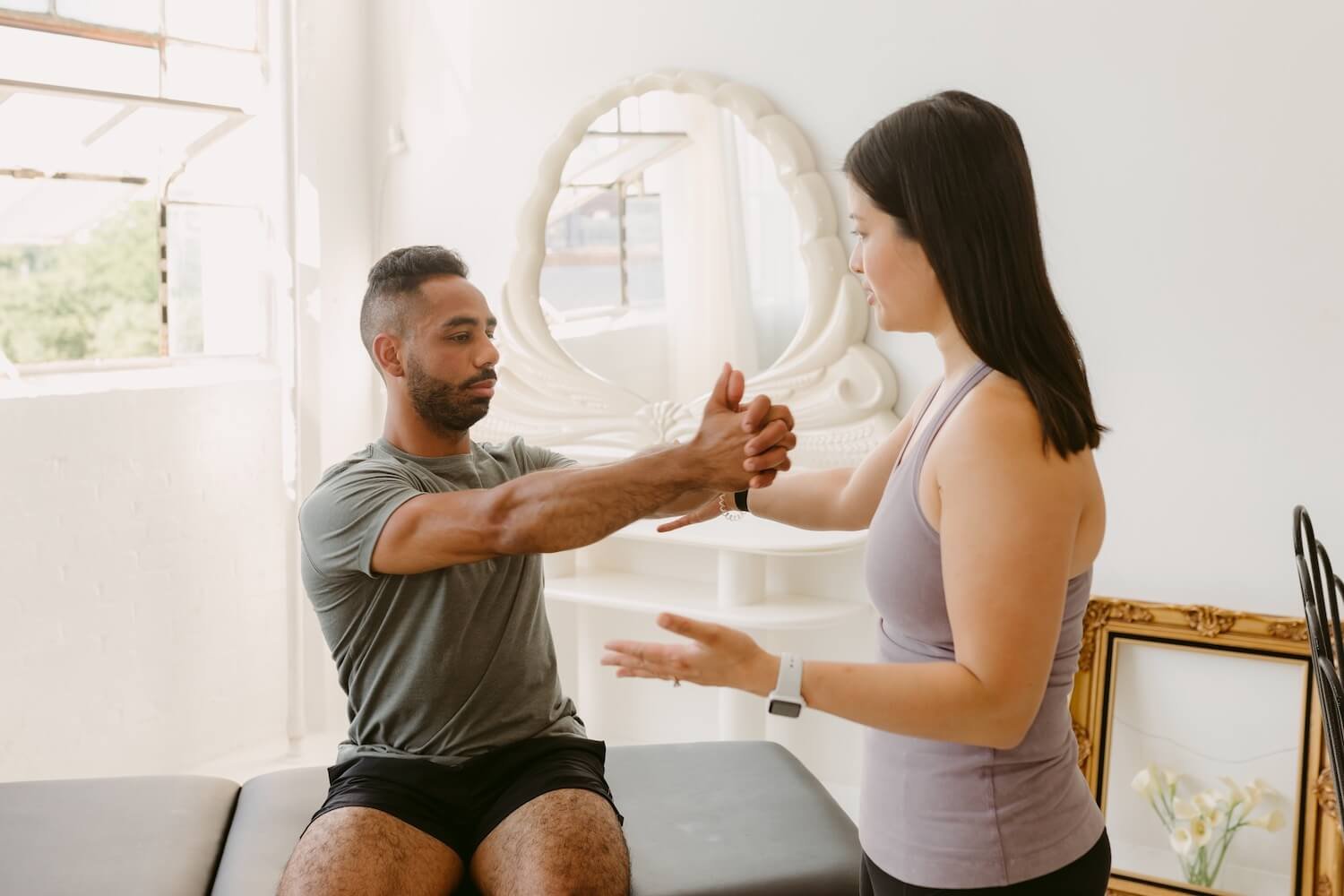
The Dizzy Brain: Demystifying Vestibular Exercises
Webinar Series

The Dizzy Brain: Demystifying Vestibular Exercises - Webinar Topic: BPPV Treatment Maneuvers
In this webinar, you will learn about treatment maneuvers that are used to treat Benign Paroxysmal Positional Vertigo (BPPV), which is the most common cause of positional vertigo. You may feel this type of vertigo when you look up, lie down or turn in bed. This type of vertigo is due to “loose crystals” in the inner ear. Treatment involves performing maneuvers that involve a sequence of head and body movements to guide the displaced “ear crystals” back to the part of the vestibular system where they should be.

The Dizzy Brain: Demystifying Vestibular Exercises - Webinar Topic: Balance Exercises
In this webinar, you will learn about balance exercises, which are used to improve steadiness so that it is easier to move about in your daily activities. Balance exercises involve integrating inputs from your visual, vestibular, and proprioceptive systems to work better together and make you feel more stable and in equilibrium.

The Dizzy Brain: Demystifying Vestibular Exercises - Webinar Topic: Habituation Exercises
In this webinar, you will learn about habituation exercises, which are used to treat dizziness that is related to movement. Depending on the positions or movements that trigger your dizziness, specific habituation exercises are prescribed. Habituation exercises aim to reduce the intensity of your dizziness so that it feels easier for you to move around.

The Dizzy Brain: Demystifying Vestibular Exercises - Webinar Topic: Visual Motion Sensitivity Exercises
In this webinar, you will learn about visual motion sensitivity exercises, which are used to improve your dizziness triggered by visual motion. Treatment involves exposing yourself to the triggering visual stimuli until the symptoms improve. This type of exercise works for dizziness related to visually stimulating environments, like shopping malls and grocery stores, watching action movies or TV, or walking through environments with patterned walls or floors.

The Dizzy Brain: Demystifying Vestibular Exercises - Webinar Topic: VOR/Gaze Stabilization Exercises
In this webinar, you will learn about vestibulo-ocular reflex (VOR)/gaze stabilization exercises, which are used to improve eye control during head and body movements. Specific exercises are prescribed to treat blurred vision that occurs when moving around.





